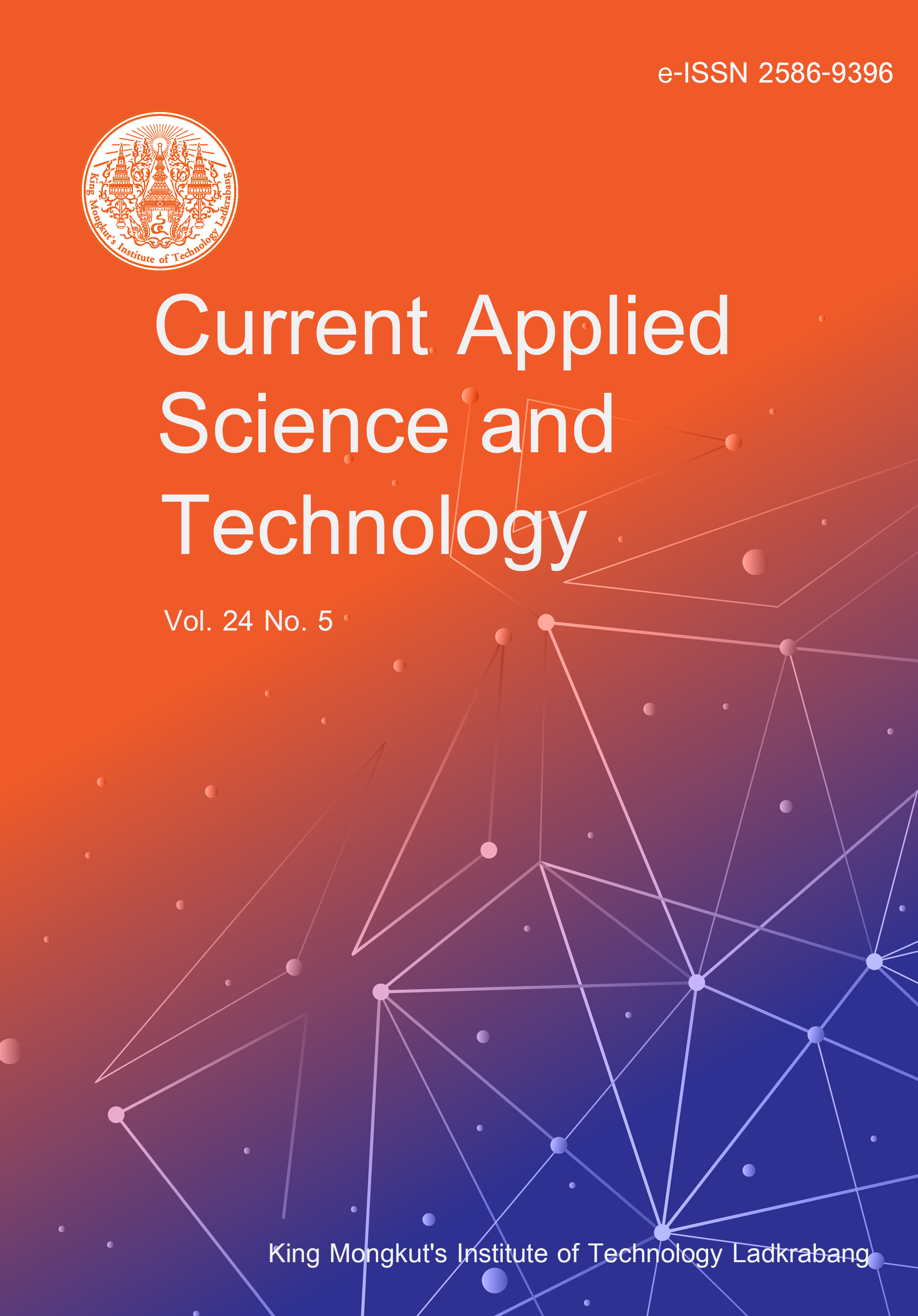Multidrug resistant Staphylococcus aureus is increasingly prevalent worldwide, albeit with significant regional variations. The development of bacterial resistance to various antibacterial agents coupled with its virulence factors have significantly contributed to its pathogenicity. This investigation aimed to identify multidrug resistant S. aureus in wound infections. A total of 40 specimens from burn and cut wound specimens were examined utilizing culture, Gram staining, biochemical analysis, Kirby Bauer disc diffusion technique using ten multidisc antibiotics and plasmid profiling. Descriptive analysis was employed to determine the prevalence of S. aureus in specimens collected from individuals with open wounds, comprising 18 (45%) males and 22 (55%) females. Antibiogram profiles were used to determine the antibiotic resistance of the isolates. A total number of 19 (48%) S. aureus isolates were obtained in this study. Among patients with burn wounds, 12 (63.5%) exhibited the highest number of isolates, while those with cut wounds accounted for 7 (36.8%) representing the lowest count. The number of males with burn wounds was 7 (58.3%), higher than that of females 5 (41.7%). Females had a greater number of cut wounds with 5 (71.4%) compared to males with 2 (28.6%). The age group 16-25 years exhibited the highest number of isolates at 7 (37%), while the lowest was observed in the age group 66-75 years, with 1 (5%). Notably, these age intervals showed a statistically significant difference with P<0.05. The highest occurrence of isolate was recorded in males within the age group 16-25 years, totalling 5 (24%). In contrast, for females, the most prevalent isolate was found in the age 26-35 years, amounting to 3 (16%). The susceptibility profile of S. aureus revealed sensitivity to gentamycin 7 (36.8%) and levofloxacin 11 (57.9%), while resistance to norfloxacin, chloramphenicol, erythromycin, amoxil and ampiclox was 100%. Plasmid profiling identified multiple plasmid bands in the obtained multidrug resistant S. aureus, with a molecular weight of 9466kbp. The susceptibility pattern of the multidrug S. aureus both before and after plasmid curing indicated that previously resisted antibiotics became susceptible after curing except for amoxicillin-clavulanic acid and cefpodoxime. Cefotaxime, with a 25 mm zone of inhibition, was the most sensitive antibiotic after the plasmid curing. The discovery of plasmid in this study may prove valuable for the effective monitoring of antibiotic resistance patterns in bacteria from wound infections and clinical settings.
Anyiam, I. V. ., & Zige, D. V. . (2024). Detection and Antibiotic Resistance Pattern of Multidrug Resistant Staphylococccus aureus from Wound Infection at Tertiary Hospital in Yenagoa, Nigeria. CURRENT APPLIED SCIENCE AND TECHNOLOGY, e0258357. https://doi.org/10.55003/cast.2024.258357


https://cast.kmitl.ac.th/doi/10.55003/cast.2024.258357